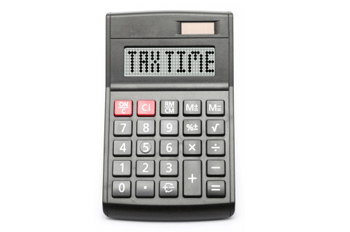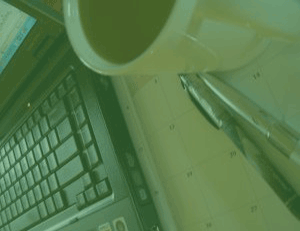The small business guide to a stress-free end of financial year
The end of the financial year can be a stressful time for small business owners due to the reporting obligations you have to take care of as a business.
You have commitments to the ATO that you need to meet and information you need to give to your accountant. It can be especially daunting if there are new laws or regulations that apply to running a business.
There are a few changes coming into effect on July 1 2013 which will affect small business owners:
- The superannuation guarantee rate will change to 9.25%
- The superannuation upper age limit will be removed, and therefore employers must make superannuation guarantee payments for employees 70 years and over
- Businesses in the building and construction industry must complete their taxable payments reporting
The key to a stress-free financial year is to get organised and maintain a regular routine when it comes to your business finances. It is important to have the right information for doing your end of financial year reporting. This means using an easy accounting software like Cashflow Manager which stores all of your business information and will help you keep on top of your bookkeeping.
Here are some easy steps we have come up with to ensure that you are on track for your end of financial year.
Don’t wait until the last minute – record transactions regularly
Record all financial year transactions as you go and make sure this is done before June 30. This might sound straightforward, but recording all of your sales, purchases, payments and receipts regularly will take a lot of stress out of your tax time!
Reconcile your Bank Accounts
Complete your bank reconciliation as at 30th June, to ensure that your records match your bank records.
Conduct a stock take
If you have an inventory, you may need to complete a stock take on or before the 30th of June. If you are using an accounting package like Cashflow Manager Gold, you will find this easy to do. A stock take will help you write-off any obsolete stock or investigate any shrinkage. Even if you are using the simplified taxation system and a stocktake is not necessary for tax purposes, it can be beneficial to know the true value of your inventory.
Take care of your payroll requirements
Employers are required to provide employees with a PAYG Payment Summary by the 14th of July and then provide the Tax Office with the information they require by the 14th of August. If you have been using small business payroll software like Wages Manager or accounting and payroll software like Cashflow Manager Gold this will be a breeze. You can email the employees their PAYG payment summaries or print and post them. Employers are required to report all employee wages to the Tax Office through the ‘Pay As You Go Withholding Payment Summary Annual Report’. Wages Manager will help you to produce this report as well. It can be submitted by post or you can upload an electronic file to the Tax Office web portal.
Backup your files…twice!
It’s a great idea to make yourself a backup outside your accounting program just in case something goes wrong. It will also mean you will have an easily accessible file to refer to in the future. Use a USB or CD, and make sure to store them safely. If you are using Cashflow Manager you can export your files and email them to your accountant, or hand them over on a USB.
Make some plans for the new financial year
Your year-end shouldn’t be all about crunching numbers and printing reports. It’s also a great time to reassess where your small business is heading and make some new plans. With all these regulation changes it is also a good idea to review your accounting software and make sure it is up to date as this means your business will remain compliant.











Leave a Reply